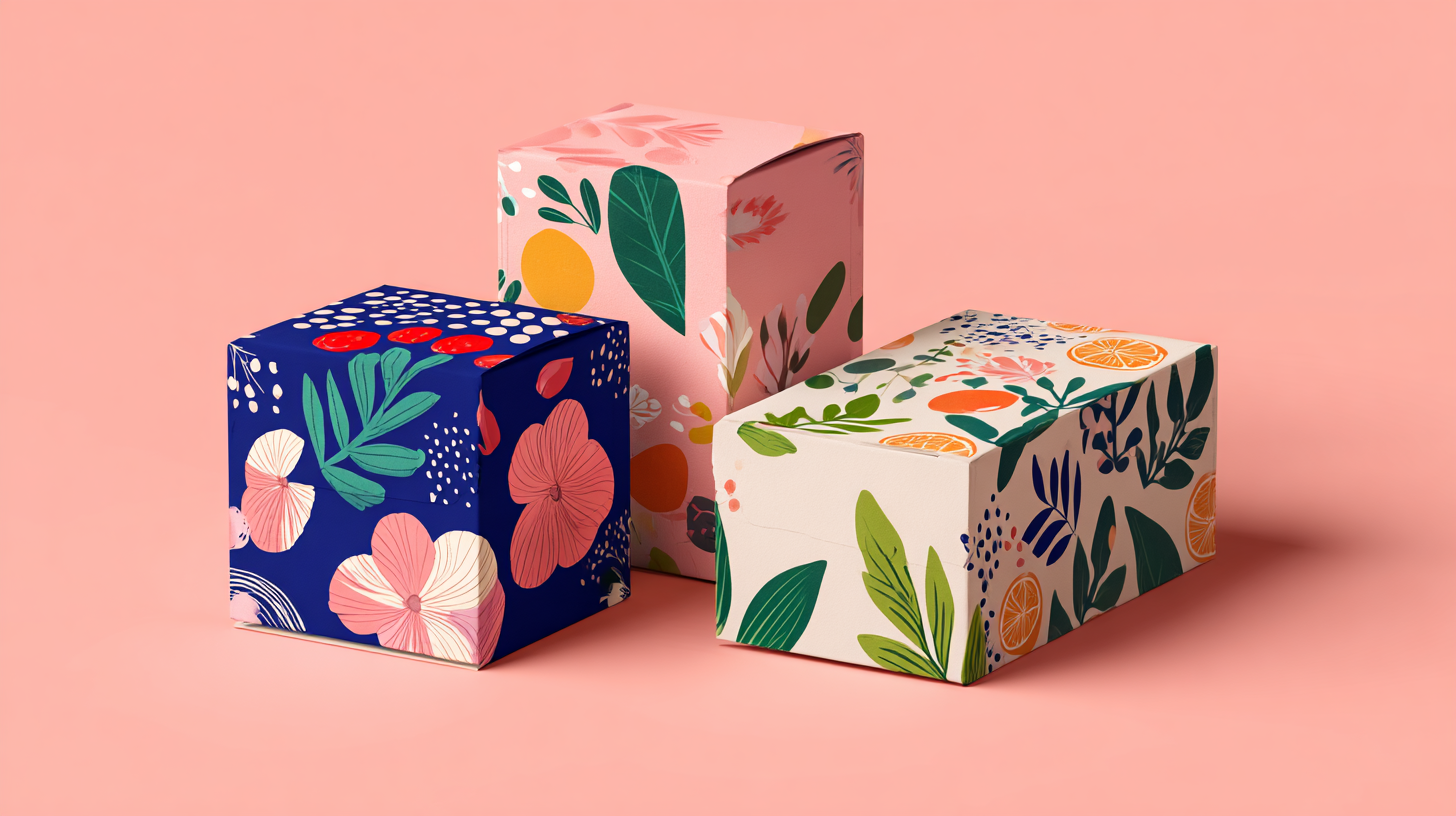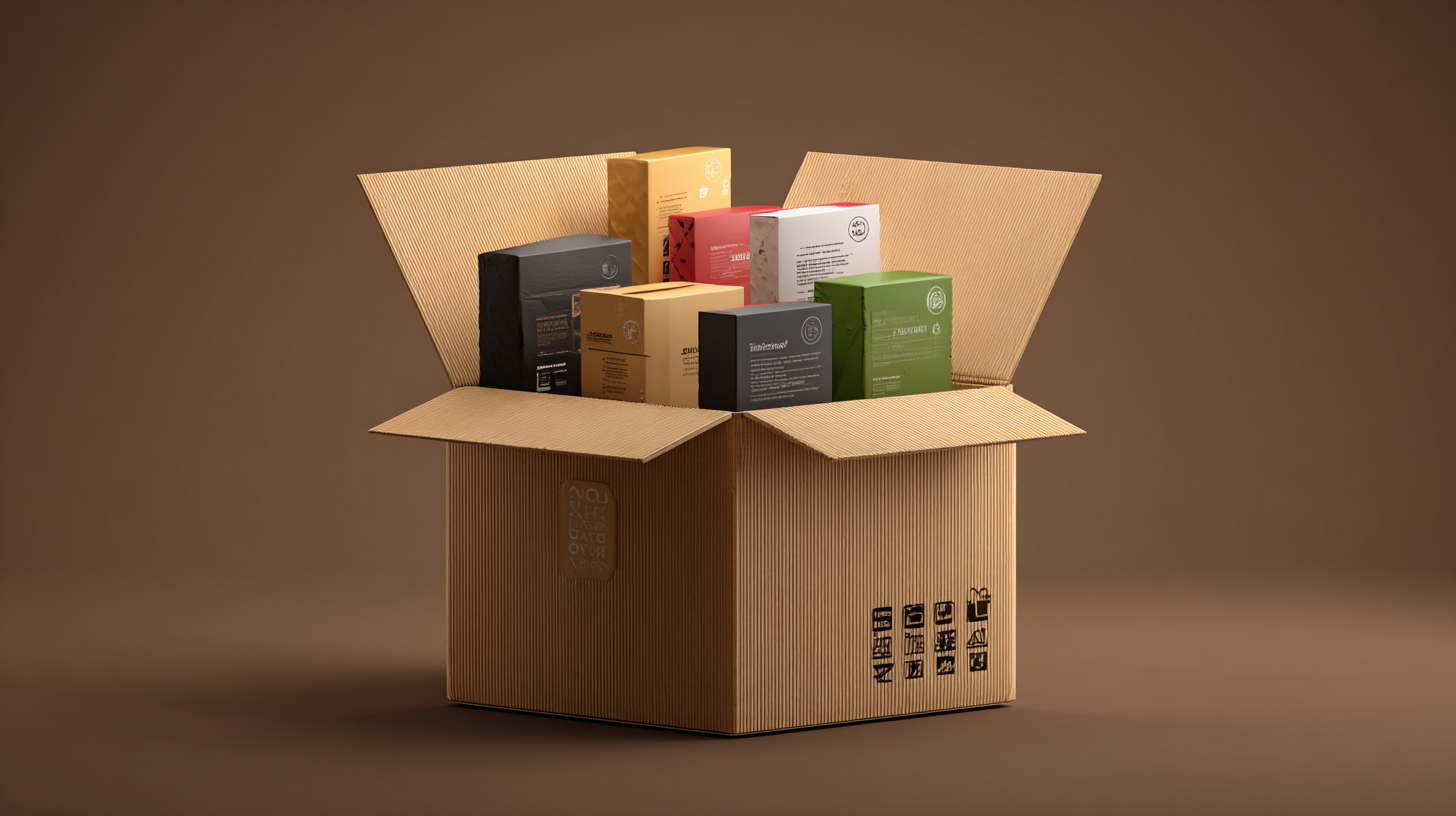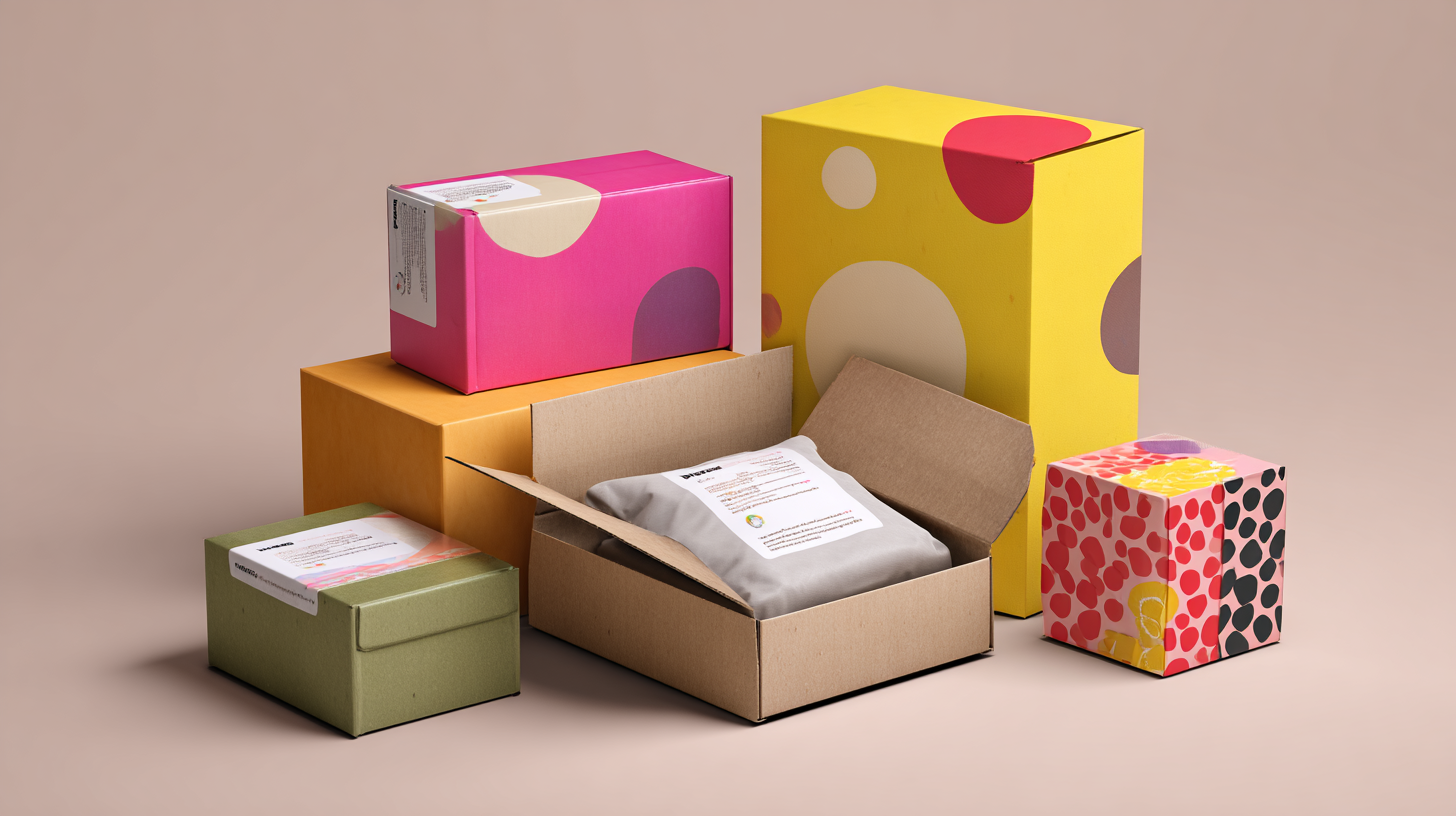- CUSTOM BOXES
- CUSTOM BAGS
- CUSTOM STICKERS
Transform Your Brand: Innovative Box Packaging Design Trends You Need to Know
In the rapidly evolving landscape of consumer goods, box packaging design has become a pivotal element in brand differentiation and consumer engagement. Recent studies show that 72% of consumers say that packaging design influences their purchasing decisions, highlighting the importance of innovative and aesthetically pleasing packaging. Moreover, the global packaging market is projected to reach $1 trillion by 2024, with sustainable and creative designs playing a crucial role in this growth. As brands strive to capture the attention of an increasingly discerning audience, adopting cutting-edge box packaging design trends is no longer optional; it is a necessity. By embracing new materials, technologies, and design principles, businesses can transform their brand image and enhance the overall customer experience, ensuring they remain competitive in a saturated market.

Understanding the Importance of Box Packaging in Brand Identity
In today's competitive market, brand identity is essential for business success, and box packaging plays a pivotal role in shaping that identity. According to a study by the Paper and Packaging Board, approximately 72% of consumers believe that packaging design influences their purchase decisions. This statistic highlights the importance of investing in innovative packaging solutions that not only protect products but also communicate a brand's story and values.
Moreover, as e-commerce continues to thrive, the need for engaging box packaging has become even more critical. A report from McKinsey & Company reveals that 60% of consumers are more likely to recommend a brand after receiving a product in attractive packaging. This emphasizes that well-designed packaging can enhance customer experience, foster brand loyalty, and ultimately lead to increased sales. Brands are now exploring sustainable materials and unique designs to differentiate themselves, making packaging an integral part of their marketing strategy and overall brand identity.
Exploring Sustainable Materials for Innovative Packaging Solutions
 The cosmetics packaging market is undergoing a significant transformation, driven by the increasing demand for
sustainable materials. As consumers become more environmentally conscious,
over 70% of cosmetic brands are aligning their packaging solutions with
eco-friendly preferences. This shift not only responds to consumer demand
but also addresses the growing need for brands to take responsibility for their environmental footprint.
The cosmetics packaging market is undergoing a significant transformation, driven by the increasing demand for
sustainable materials. As consumers become more environmentally conscious,
over 70% of cosmetic brands are aligning their packaging solutions with
eco-friendly preferences. This shift not only responds to consumer demand
but also addresses the growing need for brands to take responsibility for their environmental footprint.
Despite the strong presence of plastic as a primary packaging material, there is a noticeable trend toward
innovative alternatives that prioritize sustainability. The recent
China International Plastics and Rubber Industry Exhibition showcased over
4,500 companies, highlighting the global shift in materials used for
packaging. Companies are exploring a variety of eco-friendly solutions, including biodegradable and recyclable materials, to enhance
the sustainability of their products while maintaining aesthetic appeal and functionality. This trend is
indicative of a broader commitment across industries to innovate and adopt practices that contribute to a
more sustainable future.
Designing for Functionality: Balancing Aesthetics and Usability
In the ever-evolving world of packaging design, creating a balance between aesthetics and usability is crucial for any brand looking to make an impact. The packaging is often the first interaction a consumer has with a product, making it essential for it to be visually appealing while also serving its primary purpose—protecting the item inside. Innovative box designs that marry functionality with creativity can enhance the customer's unboxing experience and leave a lasting impression.
**Tips:** When designing packaging, consider the dimensions and shape of the box. Ensure it complements the product's features while being easy to handle. Additionally, incorporating informative labels and instructions directly on the packaging can improve usability, guiding the consumer without overwhelming them with information.
Another aspect to consider is the use of materials. Sustainable options not only appeal to eco-conscious consumers but can also elevate the aesthetic of your packaging. Experimenting with textures and finishes can make your box stand out on the shelf while ensuring that it remains practical for shipping and storage.
**Tips:** Use materials that reflect your brand's values, and don't shy away from innovative closures or inserts that enhance functionality. A well-thought-out design can not only attract attention but also encourage repeat purchases, as customers appreciate thoughtful, user-friendly packaging that aligns with their expectations.
Transform Your Brand: Innovative Box Packaging Design Trends You Need to Know
| Design Trend | Description | Functionality | Usability |
|---|---|---|---|
| Sustainable Packaging | Using eco-friendly materials to reduce environmental impact. | Biodegradable and recyclable options available. | Easy to decompose and can enhance brand perception. |
| Minimalist Design | Simple and clean packaging, focusing on essential elements. | Focuses on functionality with fewer distractions. | Enhances user experience by being straightforward. |
| Interactive Packaging | Packaging that engages customers through elements like QR codes. | Encourages consumer interaction with the product. | Provides additional information and enhances the buying experience. |
| Artistic Illustrations | Using unique artwork to capture attention and tell a story. | Can be tailored to enhance brand identity. | Creates a memorable experience for the consumer. |
| Multi-Functional Packaging | Packaging designed for reuse or to serve multiple purposes. | Adds value beyond the product itself. | Encourages sustainable practices and user engagement. |
Incorporating Technology: Smart Packaging Trends to Engage Customers
In today’s fast-paced market, incorporating technology into packaging design is a game-changer for businesses looking to engage their customers effectively. Smart packaging trends are rapidly gaining traction, enabling brands to add value beyond just aesthetics. For instance, QR codes and AR experiences allow consumers to interact with products in innovative ways, enhancing their overall shopping experience. By bridging the gap between physical products and digital interactions, brands can tell their story more vividly and create lasting impressions.
Tips: Consider integrating QR codes on your packaging to provide customers with instant access to additional information or promotions. This not only enriches their experience but also encourages them to engage with your brand further. Additionally, explore the use of NFC technology, which allows seamless communication between the product and the user's smartphone, offering interactive content or loyalty programs at their fingertips.
Another noteworthy trend is the rise of eco-friendly smart packaging, which not only meets consumer demand for sustainability but also incorporates technology. Smart labels can display real-time data about product freshness or environmental impact, appealing to the conscientious consumer. Brands that adapt to these trends will not only stand out on the shelves but also foster deeper connections with their audience through thoughtful, engaging packaging.
Innovative Box Packaging Design Trends
Customizing Your Packaging: Strategies for Personalization and Branding
In today’s competitive market, customizing your packaging is a vital strategy for effective branding. Personalization not only enhances the customer experience but also fosters brand loyalty. To stand out, consider incorporating unique designs, colors, and materials that resonate with your target audience. This approach allows consumers to connect with your brand on a deeper level, making them feel valued and understood.
**Tip 1:** Leverage customer feedback to tailor your packaging. Conduct surveys to understand what elements your audience appreciates most—be it eco-friendliness, innovative designs, or messaging that resonates with them.
Another essential strategy is utilizing technology to create interactive packaging experiences. QR codes, augmented reality, and even NFC tags can provide customers with engaging content about your brand and product. This not only enriches their unboxing experience but also encourages them to share their experience online, amplifying your brand’s reach.
**Tip 2:** Experiment with seasonal or event-based packaging changes to keep your product fresh and relevant. Limited edition designs can create urgency and excite consumers, encouraging them to make a purchase.
